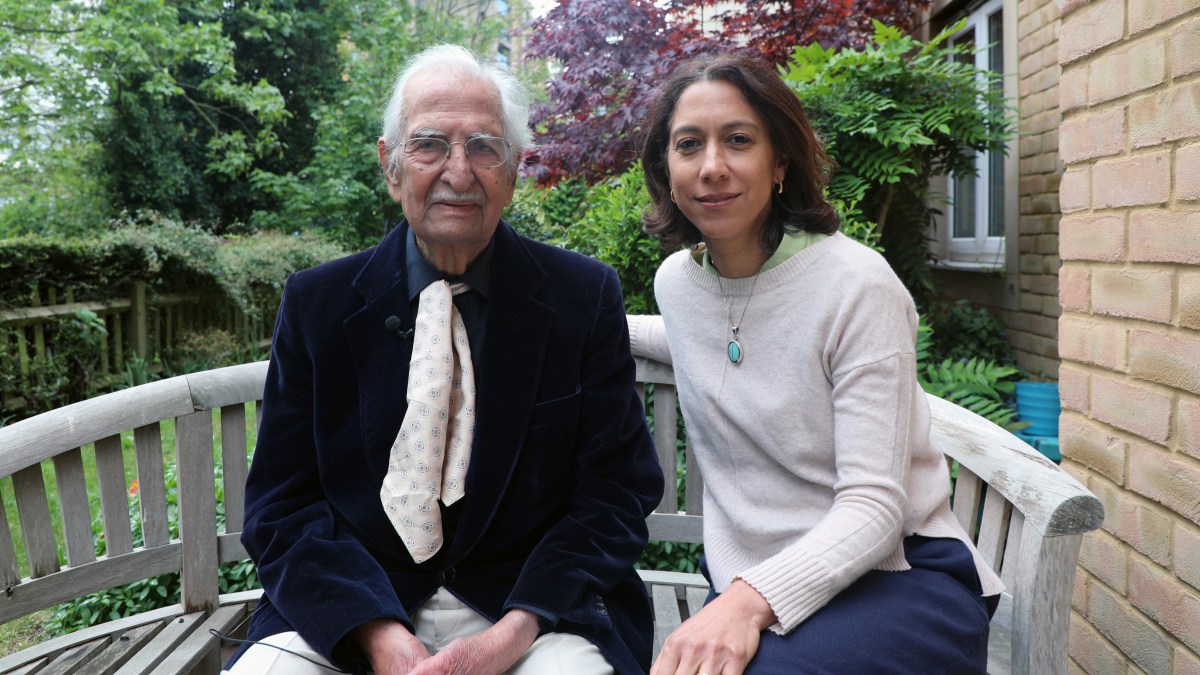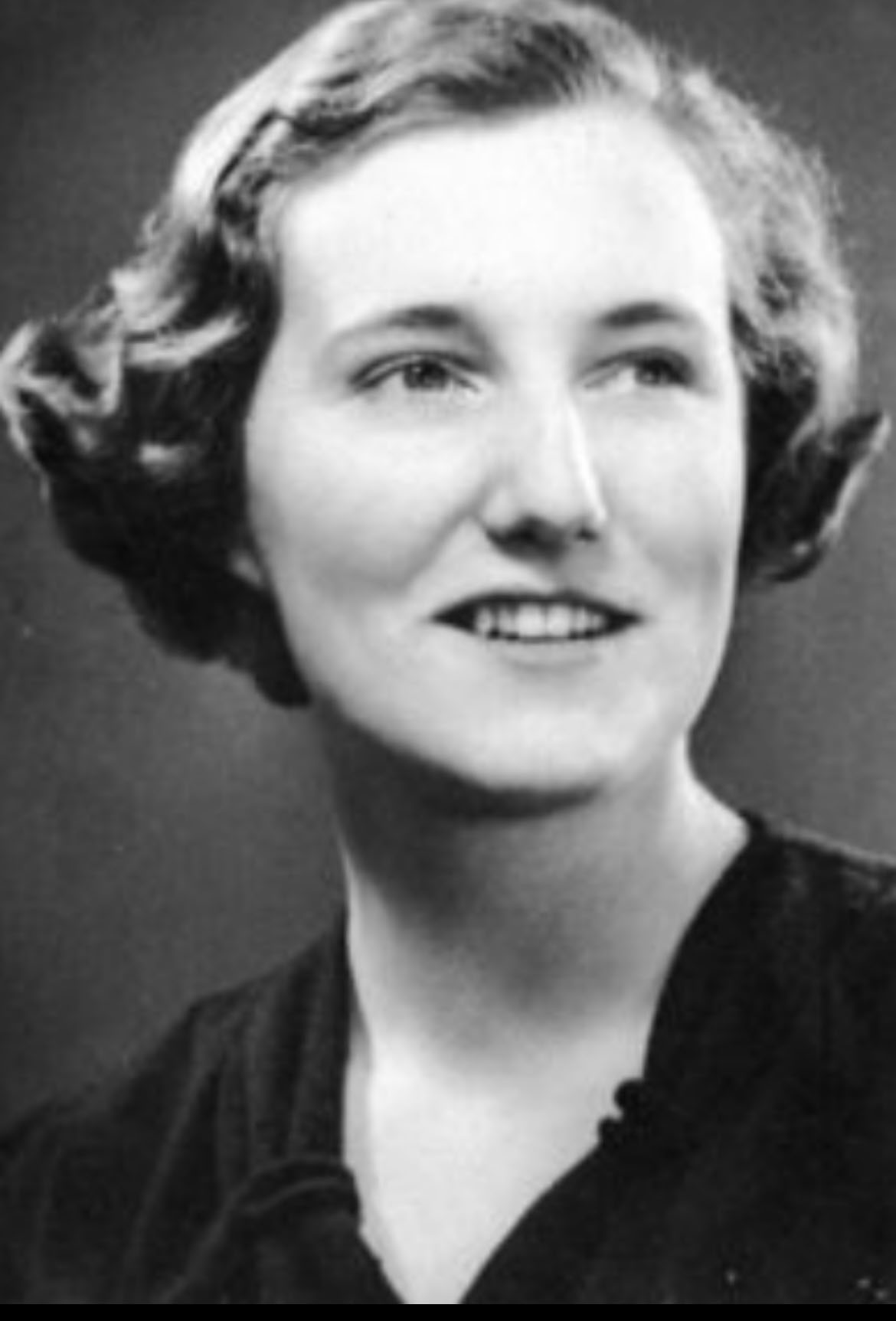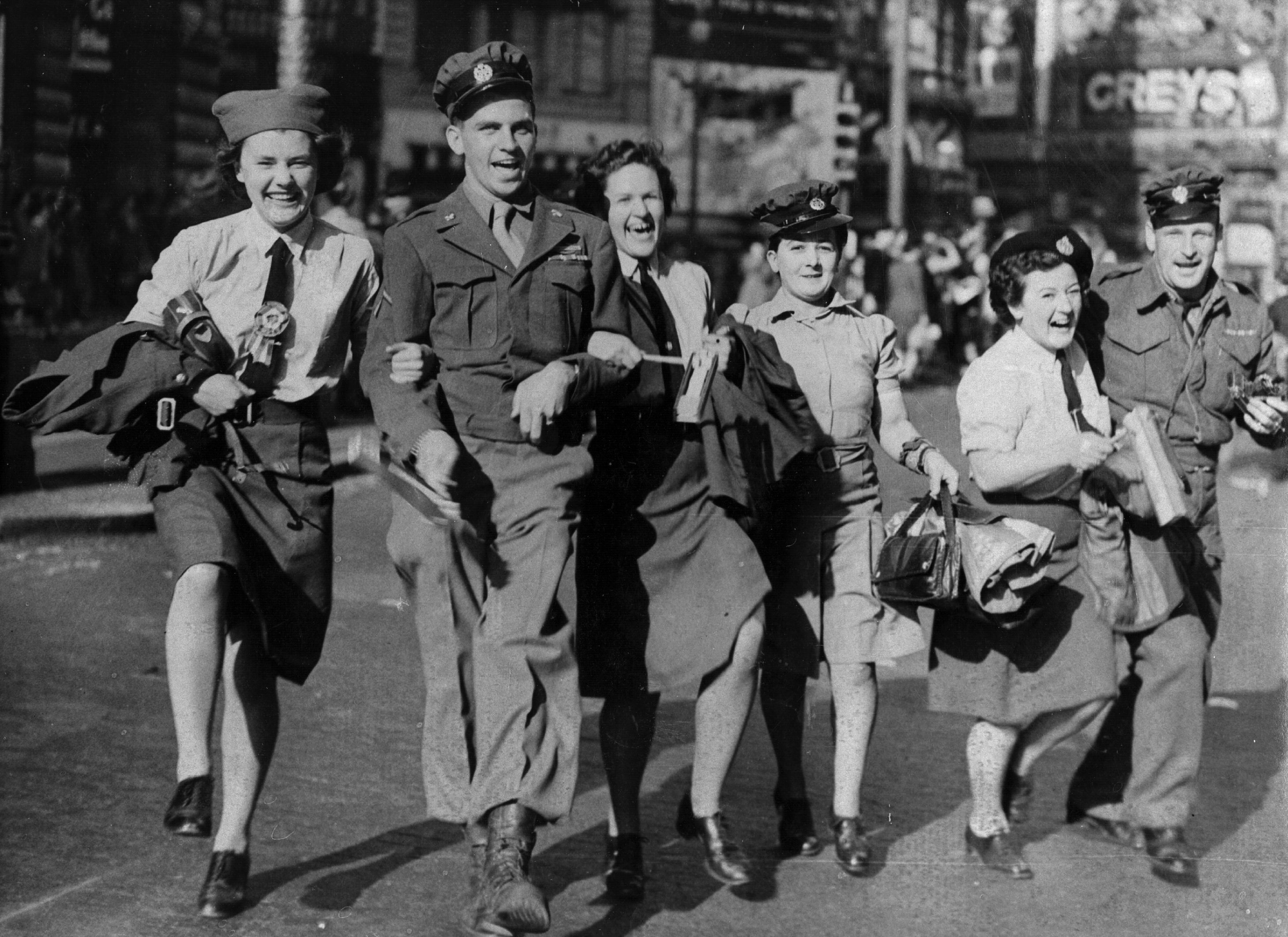Jean Hamilton, 87, was five years old when she fled the Japanese. She and her mother boarded a train evacuating women and children from Penang, Malaya [now Malaysia], in January 1942. “We were locked in for hours, all the way to Singapore,” she recalls.
After crossing the causeway they were deposited at the docks where the evacuees were put on board a ship to Jakarta, Indonesia. They stayed there, sharing lodgings with a displaced Scottish mother and her newborn, before being moved to Sydney and then Melbourne for the rest of the war.
I have been thinking of Jean (one of my mother’s great friends in Aberdeen, whose father, a bank manager, was in the notorious Changi Japanese internment camp in Singapore) because of The Second Map — The History Podcast, a riveting, revelatory three-part documentary series on BBC Radio 4 and BBC Sounds commissioned to mark the 80th anniversary of VJ Day (Victory over Japan Day) on August 15.
The podcast’s creator and host, Kavita Puri (who was also responsible for the podcast Three Million, the book Partition Voices and the BBC Radio 4 series Three Pounds in My Pocket), has recorded the experiences of the last remaining veterans and unearthed from the archives the voices of those caught up in the war in the east. But she also wanted to interrogate why, when every schoolchild is taught about the rise of Nazism and Britain’s heroic stand against it in Europe, this “history that touched so many homes in Britain and its former empire” remains comparatively unknown.
VJ Day, although it marks the war’s end, lacks the fanfare of VE Day. This is not just because of unease about the two atomic bombs dropped on Japan. “Wasn’t that America’s war?” people ask Puri, although so much of the territory fought over had been part of the British Empire.
• Meet the Japanese woman who survived both atomic bombs
Others know better because it is part of their past. “We are a multicultural, postimperial society,” the historian Lucy Noakes says. “If we’re going to understand how we got to be who we are today this is a really important part of that story. We owe it to the people who fought and often died on the Asian front to remember them.”
Jean had a lucky escape. In the first episode we hear the previously unbroadcast testimony of the late Shelagh Brown. In her twenties Shelagh was also evacuated from Singapore, but the ship she and her mother escaped on was bombed by the Japanese. They managed to get on a dinghy, but after 19 hours at sea were spotted by the Japanese, brought ashore and interned. Despite malnutrition and bouts of malaria, Shelagh survived the camp. Her mother died there in January 1945.
Shelagh Brown, who survived bombing and internment
Jean’s father, William “Jock” Sutherland, who had stayed in Penang to close the branch of the Hongkong and Shanghai Bank where he was the assistant manager (his boss was on leave), witnessed Singapore’s fall. After throwing his revolver into the Singapore River (he was in the Penang Home Guard), he joined men marching to Changi. It was a year before word reached his family in Australia of his survival.
The title The Second Map was inspired by one of Puri’s interviewees. Peter Knight, 98, was a teenager growing up on the outskirts of London during the war. On the living room wall of his terraced house he and his mother attached a map of Europe on which he followed news reports of the RAF’s “sweeps over France”. One day in December 1941 they put up a second map to chart the war in the east. The Japanese had attacked Pearl Harbor, but of more interest to the 14-year-old Peter were reports of enemy troops attacking Hong Kong and Malaya and the bombing of Singapore. Peter remembers his outrage: “The Japanese have invaded parts of the British Empire. This can’t be happening”.
• The best podcasts and radio shows of the week
But it was happening and with lightning speed. Troopships headed to Europe and the Middle East were diverted to Singapore. Gunner Maurice Naylor was aboard one. “We were told by our battery commander, ‘We’ve nothing to worry about with these Japanese. They’re very poorly equipped, they can’t see at night, they wear rubber plimsolls and they often go around on bicycles.’”
But Britain, the world’s most powerful empire, had drastically underestimated Japan’s military capabilities and its imperial ambitions. Naylor, interviewed by the BBC in 2013, disembarked to chaos. Soon he became one of about 130,000 British, Malayan, Indian and other Commonwealth soldiers taken prisoner of war.
In India Yavar Abbas, now 104 and living in London, had to decide whether joining the British Army to defend his country from the Japanese might delay or deliver India’s promised independence. “I did not want fascism to win,” he says. He was one of two and a half million Indians who fought with the British. He served in the 14th Army, which was formed in 1943 and is known as the Forgotten Army. The Imperial War Museum historian Peter Johnston wonders if that was because 80 per cent of its soldiers were not white.
VJ Day celebrations in Piccadilly Circus in August 1945
KEYSTONE/GETTY IMAGES
Britain’s role in the European war offers an easily understood heroic arc. Whereas Puri says of the war against Japan: “These are stories of defeat, humiliation, colonial hierarchies and the horrors of war — painful to tell and hard to hear, even today.”
Maurice Naylor spent three years as a PoW slave labourer on the Thai-Burmese railway. When he made it home to his parents’ house in Manchester he was 24 years old and weighed only five and a half stone. Shame — wrongly, heartbreakingly — cast a pall. The advice to families was that the former PoWs would not want to speak of their experiences. Naylor did not until a trip to Thailand when he was 61. His daughter Anne Durbin (he died in 2020, aged 99) recalls how “he stood in the graveyard in Kanchanaburi and thought he owed it to those men to tell the story of what had happened”.
Also in 1945 the world was impatient to move on. Jean’s father, Jock (who maintained that the military PoWs had it far worse — he tended tomatoes for the camp’s hospital patients), did not get home to Scotland until January 1946 via the Philippines. After six months with his family (who had sailed from Australia in August 1945), he returned to Penang to reopen the bank.
• Read more radio and podcast reviews
In 1949 HSBC posted him to Kobe, Japan. “The Americans were trying to build up Japan and it was a busy shipping port,” Jean says. How did he feel about working with the Japanese? “He said he’d never had a more loyal, hard-working staff.”
Her father was a man of few words, she says, but suffered from nightmares. “My mother used to say there was no point in giving him a nice bedside lamp because he would always be being chased by the Japanese, get caught up in the flex and the lamp would crash to the floor.”
Puri makes history programmes with a contemporary resonance. “Memory is never static,” she says. “Each generation asks new questions about the past.” Her award-winning series Three Million explored how there is no memorial or plaque anywhere in the world to the estimated three million civilians who died in the Bengal famine of 1943.
Inspired by the podcast, Manchester Museum and the University of Manchester in collaboration with Imperial War Museum North will hold a memorial this autumn. Perhaps The Second Map will have a similar impact.
What podcasts have you enjoyed listening to recently? Let us know in the comments below


